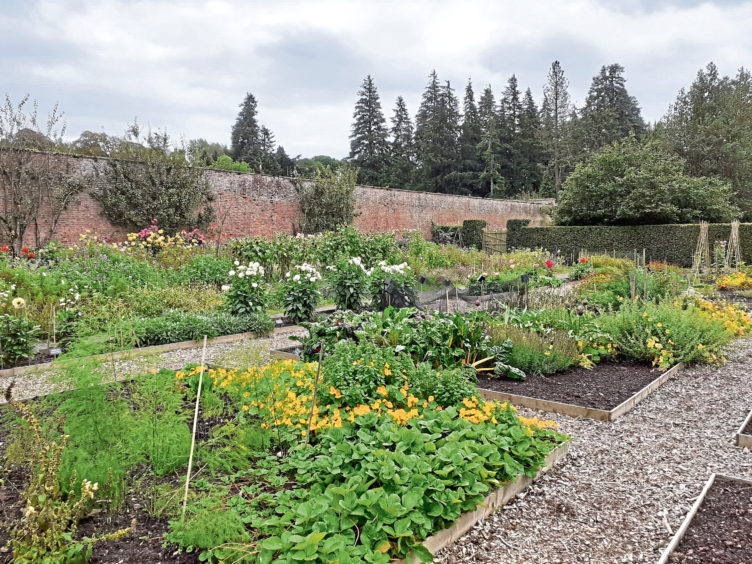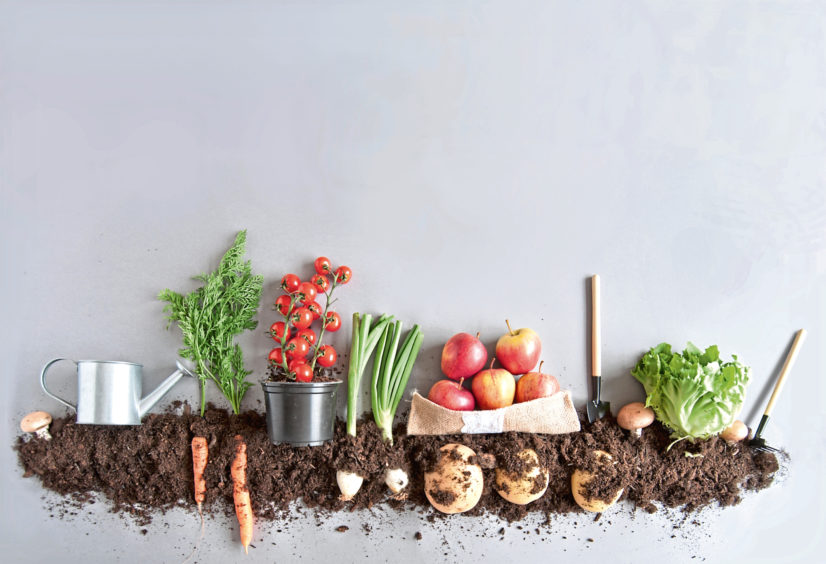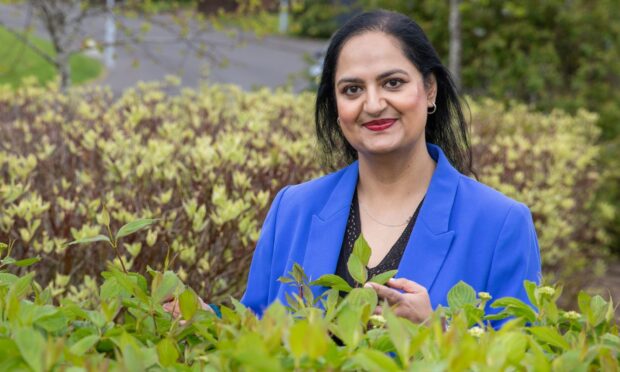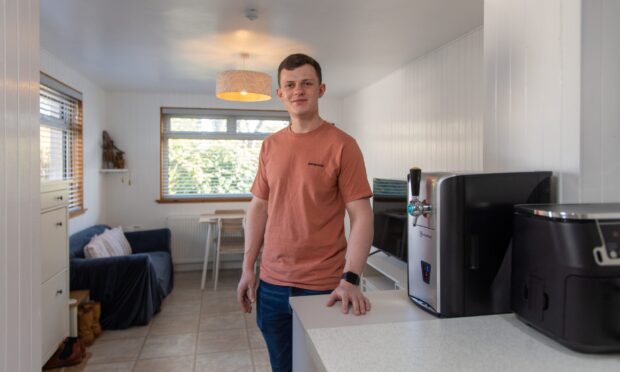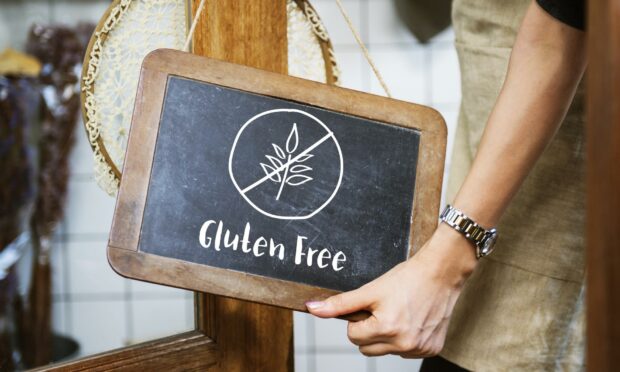The growing season is just kicking off, Brian Cunningham explains, and to keep your veg seeds happy, make sure they are safe and warm.
I get a lot of satisfaction out of growing my own veg. It can be a pretty intensive hobby, especially just now as the growing season really kicks off. Seeds need heat to germinate so early in the season it’s best to start your veg off by sowing them indoors until the soil warms up sufficiently outside. You don’t need a fancy glasshouse for this – a porch, conservatory or windowsill will do.
A good indicator that the soil is warm enough is once you start to see the weeds growing, though I have heard of one gardener who checks the temperature of their plot by sitting on the soil with their bare bottom.
I always ask but I’ve yet been allowed to demonstrate this method on Beechgrove Garden and for many reasons I guess I should advise you all to think carefully before you try this at home.
It’s very important you acclimatise your young plants to the weather conditions outdoors before planting them out, a process called “hardening off”. We all know what it feels like to be enjoying the warmth of a sunny spring day only to then get hit by a blast of cold easterly wind, so imagine how a tender young plant that’s been sunning it up indoors would feel.
Usually for a week prior to planting out, either in a sheltered spot in your garden or in the luxury of a cold frame, you gently expose your plants to the elements during the day before covering them up for protection at night, slowly and surely toughening them up.
If it’s not on your mind already, the daily weather forecast soon becomes an obsession.
Once your plants are in the ground, you’ll be watching to see if they are going to need an extra watering on a sunny day, or if there is a frost forecast and you need to go out in the evening to cover your crops with some horticultural fleece.
It may sound daunting, all these things to think about, but it won’t be long before you develop and trust your judgment skills.
Before you know it you’ll be taking your first pickings from “cut and come again lettuce” and a radish or two, even sooner if you are lucky enough to be able to extend your growing season with the help of a glasshouse or polytunnel (any day now for me).
As the season progresses there just seems to be a juggernaut of glorious fruit and veg ready to be harvested one after the other: asparagus, garlic, rocket, spinach, strawberries, potatoes, peas, cucumbers, raspberries, carrots, beetroot, onion, beans, tomatoes and peppers to pick just a few (pardon the pun), ALL grown by your own fair hands.
I, for one, cannot wait!
For more than 150 years in the four-acre kitchen garden at Scone Palace, where today I have the privilege of being head gardener, vegetables would have been grown in what we would describe now as the traditional method.
Scores of men would be double digging the soil to two spades’ depth, incorporating animal manure to feed the soil, and moving groupings of vegetable plants around in a three or four-year crop rotation system to avoid the build-up of pests and disease.
Today the garden team grow vegetables using the no-dig method which, as the title suggests, does not require the back-breaking autumn task of the traditional. Instead an annual dressing of composts made from manures, leaf moulds, kitchen and garden waste are spread over the surface of the soil, feeding it and replacing spent nutrients.
As there is less digging involved, the structure of the soil is not damaged and organic matter is allowed to build up instead of being buried, ultimately enhancing soil fertility and raising water-holding capacity.
Although I’m getting closer, I can’t yet claim to be a fully organic gardener, but when it comes to growing veg I definitely don’t like using any man-made fertilisers or spraying out weeds with chemicals in the plots where I grow them. Perennial weeds such as docks, nettles and dandelions can be smothered with first a layer of cardboard, which will ultimately decompose, then covered with compost.
Hoeing to keep on top of them and the annual weeds is so much simpler in the soft soil created by constantly mulching. Any that do need to be pulled out come out much easier.
I often read that home-grown veg tastes much better than shop bought. Maybe it does but I can’t help thinking that’s insulting to the farmer who has worked so hard to grow the vegetables you buy in the shops.
What growing your own veg at home does do is give you the opportunity to grow more varieties and get to experience more flavours. It’s always good to grow a variety of a particular veg that you can rely on to give you a good crop, but it’s even more exciting to try another row or two of something new at the same time.
However, maybe that’s just over-complicating things. I still chuckle when I think of the classic Beechgrove Garden moment: after taking a bite out of a freshly harvested radish, Jim McColl asked his co-presenter “What does that taste like?” to which George Barron replied: “like a radish!”
Brian Cunningham is a presenter on BBC Scotland’s Beechgrove Garden and head gardener at Scone Palace.
Follow him on Twitter @gingergairdner

